Oak lecanium, Parthenolecanium quercifex (Hemiptera: Coccidae; Figure 1), is a common soft scale insect pest of oak trees and other woody plants. They infest trees under high stress, such as those planted in parking lots, greenscapes, and other urban areas. Like other soft scale insects, oak lecanium scales feed on tree sap, and they excrete the excess sugars as honeydew. Sooty mold fungus grows on honeydew, and its black color blocks sunlight and interrupts photosynthesis (Figure 2). Although lecanium scales have little immediate impact on twigs and branches, extensive infestation and subsequent feeding damage may weaken or kill the tree over time (Figure 3). The problems with lecanium scale are worsened in urban landscapes where local temperatures are generally higher. Higher temperatures decrease the relative number of parasites that feed on scale insects, and the high densities of surviving females continue to produce viable eggs.
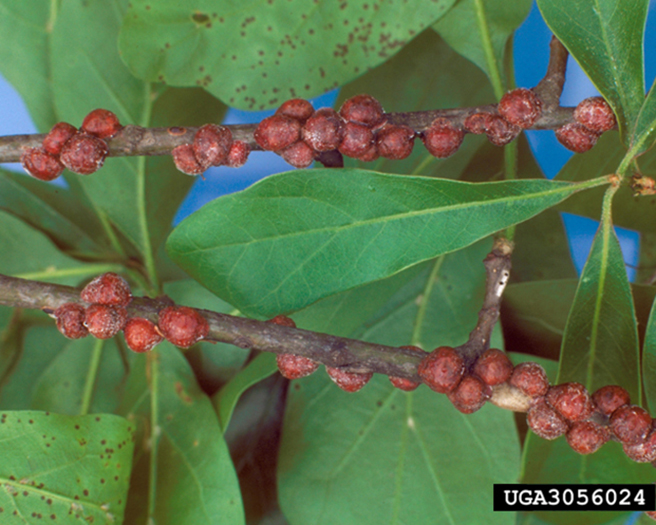
Figure 1. Parthenolecanium quercifex on oak twigs.
Photo: James Solomon, USDA Forest Service, Bugwood.org.
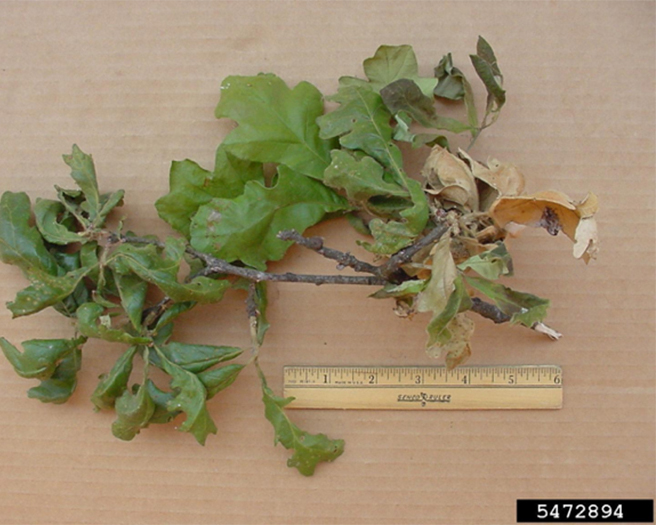
Figure 2. Sooty mold on leaves.
Photo: Joseph O’Brien, USDA Forest Service, Bugwood.org.
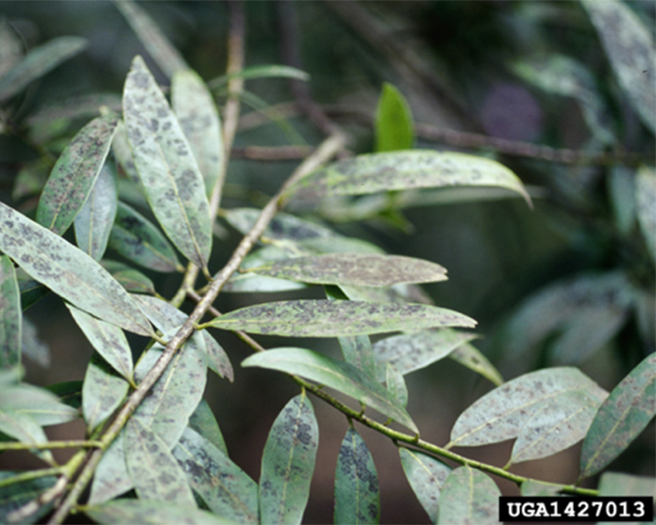
Figure 3. Damage to terminal leaves as a result of Parthenolecanium quercifex infestation.
Photo: Paul Bachi, University of Kentucky Research and Education Center, Bugwood.org.
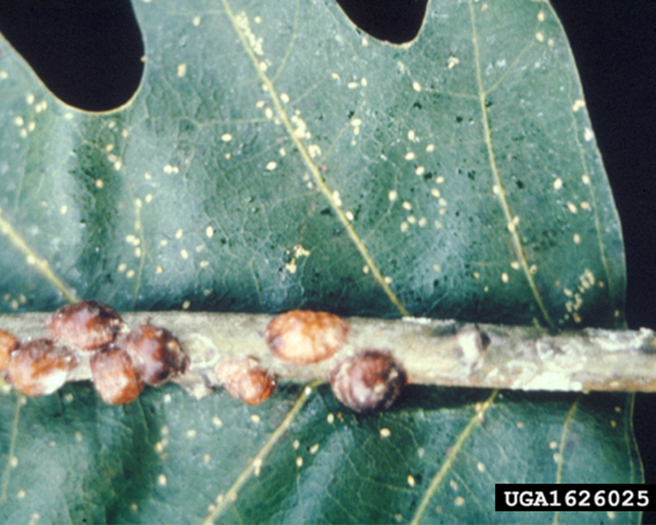
Figure 4. Various life stages of Parthenolecanium quercifex.
Photo: John A. Weidhass, Virginia Polytechnic Institute and State University, Bugwood.org.
Biology
Female adult oak lecanium scales are dark reddish-brown, rounded, and grow up to 1/4 in. in diameter. They do not move from their spots on the twigs once they mature. Males are free-living. Flat, translucent crawlers have legs and antennae. As nymphs molt into later nymphal stages and into adults, their color changes from light to dark brown, and their legs and antennae become less conspicuous (Figure 4).
Oak lecanium scales are typically associated with oak trees, but they may also attach to hosts such as hickory, birch, persimmon, and sycamore trees. These scale insects produce one generation per year. Stationary adult females feed on photosynthates in the phloem, and they reproduce without mating. Females produce eggs from April to May, laying 1,000–5,000 eggs each. After laying the small, white eggs, the female dies and shelters them in clumps underneath her body cover (Figure 5). The eggs typically hatch around mid-June, depending on local conditions. Crawlers move continuously over the leaves and feed throughout the fall. There are two nymphal instar stages. Crawlers move to branches before molting into a second nymphal stage. They overwinter as second-stage nymphs. After overwintering, the free-moving males develop into pupae and become adults by early spring. The bodies of the females harden and develop into round, sedentary scale insects.
Management
Cultural management (proper irrigation and fertilization) is essential to reduce tree stress. Pruning is often recommended when severe infestations are found on branches (Figure 6).
Because the crawler stage is devoid of a protective wax coating, crawlers are the most susceptible to contact insecticides. The peak activity of crawlers can be monitored by wrapping a ring of double-sided tape around branches. Peak emergence of crawlers is detected from mid-April to mid-June in Georgia, which can be a useful guide to schedule management sprays.
Spraying with insecticides should be conducted when crawlers are moving freely. Oak lecanium densities often are greater in landscapes with intensive mosquito management using contact insecticide sprays, because these sprays also reduce the populations of natural enemies (predators and parasitoids) that help control oak lecanium. The application of horticultural oil is recommended to conserve these natural enemies. Drench applications of systemic insecticides, applied several weeks before peak activity of crawlers, can be effective against lecanium scales. Please consult with your local county Extension agent for current insecticide recommendations, and always follow insecticide label directions for use. The label is the law.
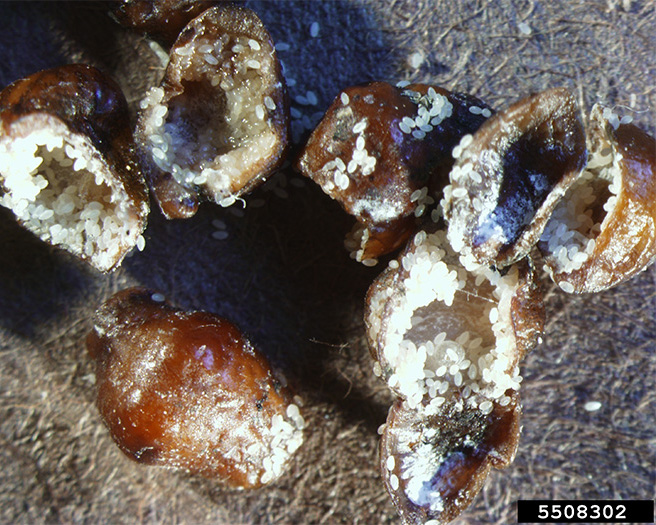
Figure 5. Eggs underneath the body of deceased female Parthenolecanium.
Photo: Bruce Watt, University of Maine, Bugwood.org.
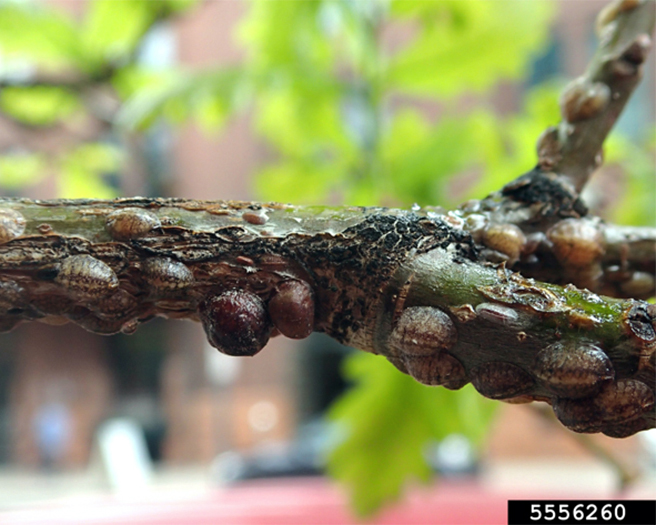
Figure 6. Various life stages of Parthenolecanium quercifex on severely infested twig.
References
Frank, S., & Baker, J. (2015). Lecanium scale insects. North Carolina State Extension.
Frank, S. D., & Just, M. J. (2020). Can cities activate sleeper species and predict future forest pests? A case study of scale insects. Insects, 11(3), 142.
Larson, J. L., & Townsend, L. (2021). Lecanium scales (Publication ENTFACT-430). University of Kentucky Cooperative Extension Service.
Meineke, E. K., Dunn, R. R., & Frank, S. D. (2014). Early pest development and loss of biological control are associated with urban warming. Biology Letters, 10(11), 20140586.
Meineke, E. K., Dunn, R. R., Sexton, J. O., & Frank, S. D. (2013). Urban warming drives insect pest abundance on street trees. PLoS ONE, 8(3), e59687.
Meineke, E. K., Youngsteadt, E., Dunn, R. R., & Frank, S. D. (2016). Urban warming reduces aboveground carbon storage. Proceedings of the Royal Society B, 283(1840), 20161574.
Miri, T. (2022). Oak lecanium scale. University of Maryland Extension.
University of California Statewide Integrated Pest Management Program. (n.d.). Pests in garden landscapes: Lecanium scales— Parthenolecanium spp.
Status and Revision History
Published on Oct 23, 2023